Latest news from microsystems technology and materials research

Crystals and careers
How research is turned into business:
New technologies require one thing above all else. They take time. It takes years for a good idea to grow into a viable spin-off,” says Thomas Schröder, director of the Leibniz Institute for Crystal Growth (IKZ) in…

Phosphorous chains – a 1D material with 1D electronic properties
One-dimensional electronic properties of a material were experimentally demonstrated for the first time at BESSY II:
For the first time, a team at BESSY II has succeeded in demonstrating the one-dimensional electronic properties of a material through a highly refined experimental process. The samples consisted of short chains of…
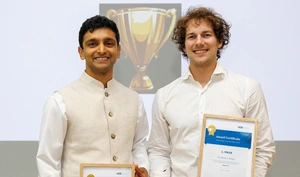
Perovskite solar cells from Germany are competing with China’s PV technology
Kevin J. Prince and Siddhartha Garud receive HZB 2025 Technology Transfer Award:
Photovoltaics is the leading technology in the transition to clean energy. However, traditional silicon-based solar technology has reached its efficiency limit. Therefore, a HZB-team has developed a perovskite-based…
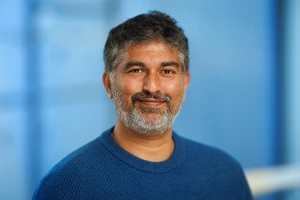
HZB researcher awarded prestigious VAIBHAV Fellowship by Government of India
Dr. Prashanth Menezes honoured for his pioneering contributions to materials chemistry and catalysis:
The Ministry of Science and Technology, Government of India, has announced the recipients of the Vaishvik Bhartiya Vaigyanik (VAIBHAV) Fellowship, a flagship initiative aimed at fostering collaboration between the…
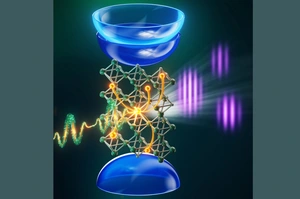
Watching bandgaps in motion – attosecond interferometry of solids
Research team establishes a broadly applicable, all-optical probe of band-structure dynamics in solids:
The bandgap, i.e. the energy gap between the highest lying valence and the lowest lying conduction band, is a defining property of insulating solids, governing how they absorb light and conduct electricity. Tracking…
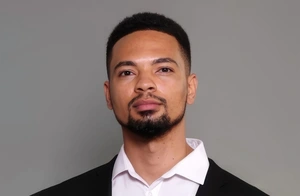
Sasol and HZB deepen collaboration with strategic focus on digitalisation
“A significant step towards achieving more sustainable and efficient chemical processes on an industrial scale”:
Sasol Research & Technology and Helmholtz Zentrum Berlin (HZB) are expanding their partnership into the realm of digitalisation, building on their joint efforts in the CARE-O-SENE project and an Industrial Fellowship…
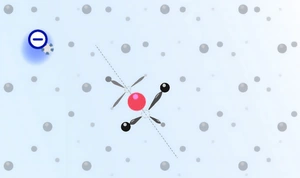
HU research team develops new quantum sensor
Defects in the crystal lattice of materials can be measured in real time and with unprecedented precision:
From computer chips to quantum dots—technological platforms such as these were only made possible thanks to a detailed understanding of the used solid-state materials, such as silicon or more complex semiconductor…

PFAS filter from a ball mill
BAM team develops environmentally friendly material that could help remove these ‘forever chemicals’:
PFAS are fluorinated compounds found in many everyday products, such as outdoor clothing and cookware like Teflon pans. This is because PFAS are durable, heat-resistant and dirt-repellent. Their stability is precisely…
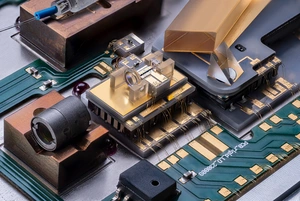
Rydberg Photonics develops key components for quantum applications
FBH spin-off targets a new generation of compact, scalable, and robust photonic solutions:
A new era of compact, scalable, and robust photonic solutions is being ushered in by Rydberg Photonics GmbH, a Berlin-based spin-off from the Ferdinand-Braun-Institut (FBH). The company builds on FBH’s unique hybrid…
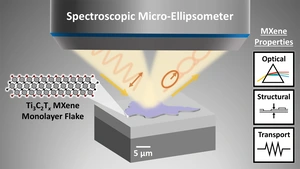
Novel technique shines light on next-gen nanomaterials
Team from HZB and Hebrew University uses spectroscopic microellipsometry to investigate how MXenes truly work:
Researchers have for the first time measured the true properties of individual MXene flakes — an exciting new nanomaterial with potential for better batteries, flexible electronics, and clean energy devices. By using…
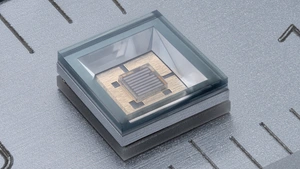
FBH showcases latest R&D results at Photonics Days
Conference focusing on laser technology, microsystems technology and quantum technologies on 8 and 9 October in Adlershof:
For two days, experts from research and industry will meet in Berlin-Adlershof to exchange views on the latest trends in laser technology, heterogeneous integration, microsystems technology, and more. Once again,…
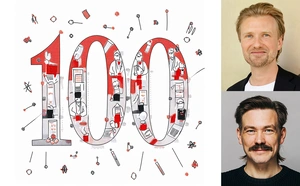
Markus Krutzik and Tim Schröder among the 100 most important minds in science 2025
Quantum researchers from the Ferdinand-Braun-Institut honoured by Tagesspiegel newspaper:
Markus Krutzik and Tim Schröder have been named among the 100 most important figures in the Berlin science community for 2025. Through their work in quantum sensing and quantum photonics, they make crucial…

Pushing boundaries in ultrafast magnetization switching
Switching process does not proceed homogeneously but along a moving domain:
A single ultrashort laser pulse can change the magnetization of a suitable material. But even within a magnetic film of just a few nanometer thickness, this process is not homogeneous, but proceeds with a speed of…

Fully charged
The newly founded Berlin Battery Lab (BBL) combines the expertise of three research institutions:
The newly founded Berlin Battery Lab (BBL) combines the expertise of the German Federal Institute for Materials Research and Testing (BAM), the Helmholtz-Zentrum Berlin (HZB) and the Humboldt University of Berlin (HU)…

Porous Radical Organic framework improves lithium-sulphur batteries
Research team develops new COF material that can significantly increase battery performance and durability:
A team led by Prof. Yan Lu, HZB, and Prof. Arne Thomas, Technical University of Berlin, has developed a material that enhances the capacity and stability of lithium-sulphur batteries. The material is based on polymers…